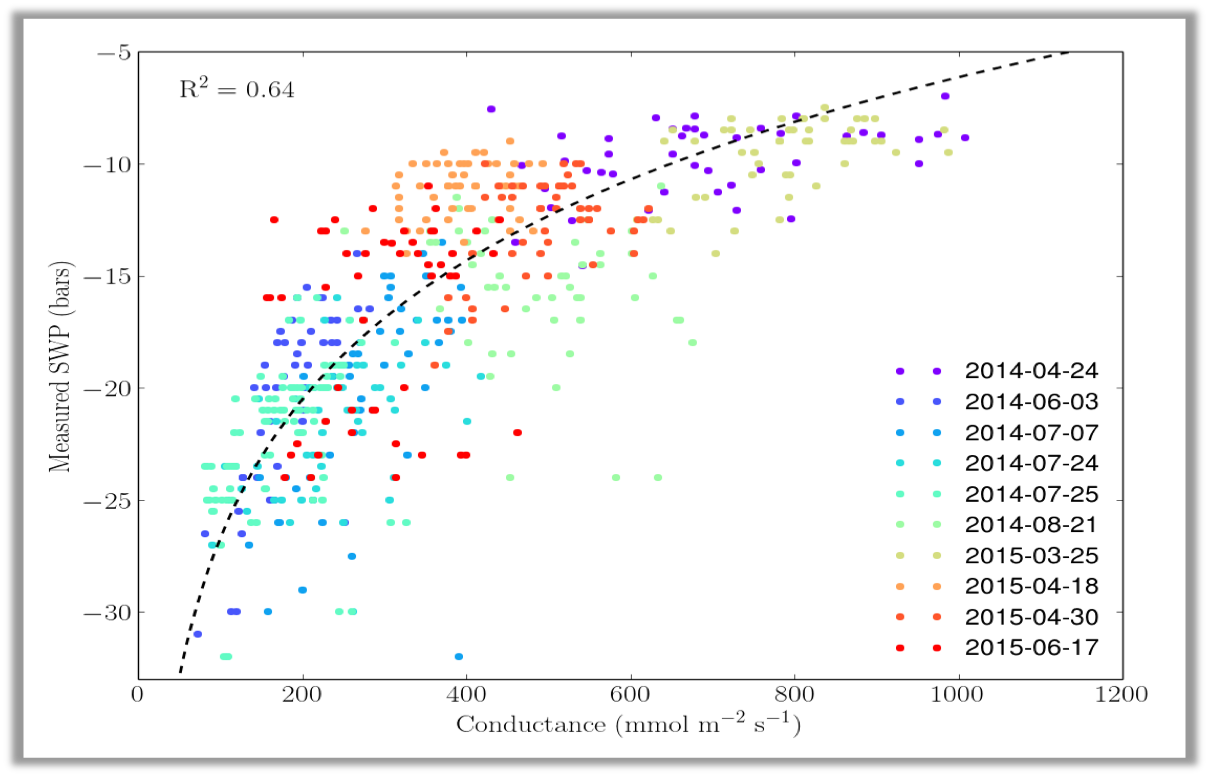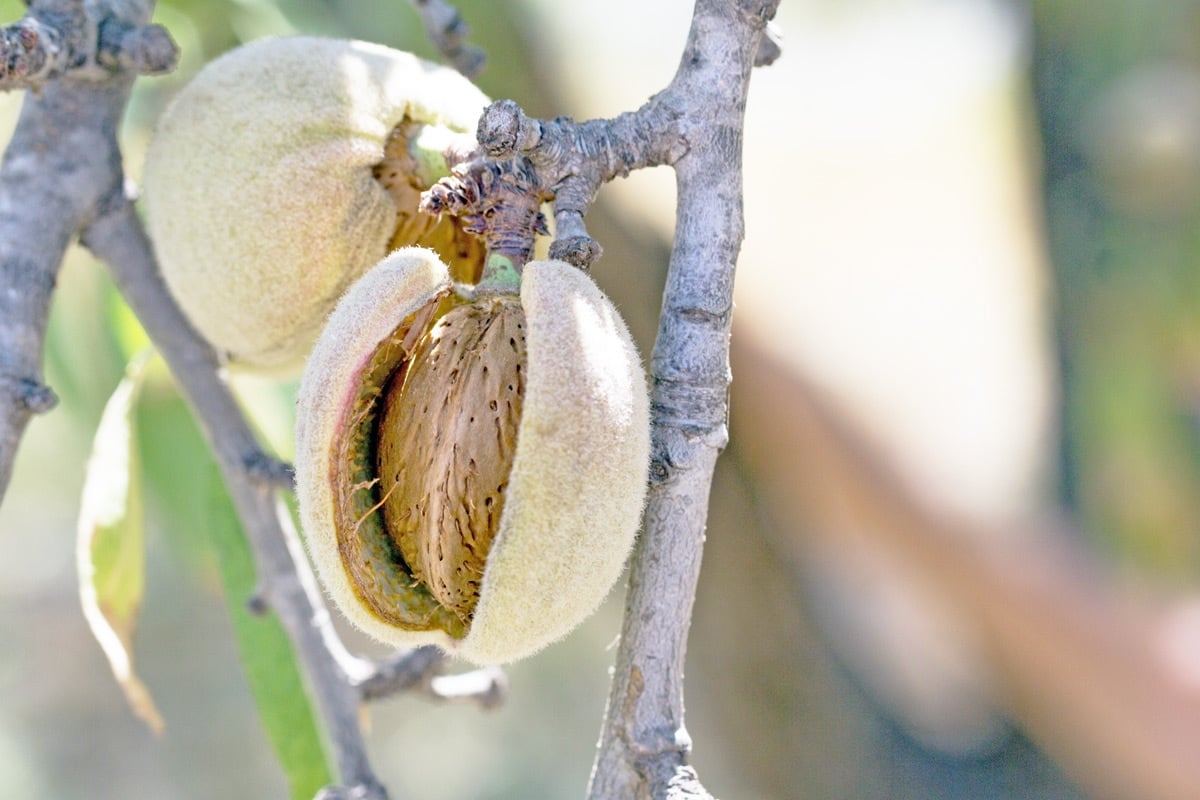Ceres Imaging’s new index marks an important milestone in company’s quest to help farmers make smarter decisions by using artificial intelligence. The index combines Ceres Imaging’s various imagery indices into a single metric to assess overall plant stress over a growing season and strongly correlates to actual yield results. Farmers can use the Cumulative Stress Index to be strategic about how they use resources so they can optimize yields and ensure that their operations are both profitable and sustainable.
_pct_ET_2017-07-28.png)
Ceres Imaging will be opening its Cumulative Stress Index to all permanent-crop customers for the 2019 growing season as part of its suite of analytics tools.
How the Cumulative Stress Index Works
Ceres Imaging has developed a mix of techniques from computer vision and deep learning, such as convolutional neural networks, to extract canopy data from individual trees and then paired that image data with years of ground data from university-run experiments to develop models that relate aerial imagery and environmental data to on-the-ground measures like applied water and harvested yields.
When Ceres Imaging flies its planes over farms, it captures multiple spectrums of light, including visible, near-infrared, and thermal infrared data. Ceres Imaging then combines this imagery and processes it using patented algorithms to extract insights about water, chlorophyll and other stress indicators, which are reported to customers over the course of a growing season. Then, at the end of the growing season, Ceres Imaging combines these results to calculate a single Cumulative Stress Index.
Backed by Years of Research and Evidence
Working with agronomists affiliated with the University of California Division of Agriculture and Natural Resources Cooperative Extension, Ceres Imaging demonstrated a strong correlation year over year between its Cumulative Stress Index and both applied water and yield.

This past growing season, Ceres Imaging released its Cumulative Stress Index to a small group of commercial customers. The results mirrored those found in research settings, showing a strong correlation between the Cumulative Stress Index and actual yield results.
“The Cumulative Stress Index demonstrates the accuracy of our imagery measurements to year-end yield and brings us one step closer to precise yield forecasting capabilities,” said Ashwin Madgavkar, CEO of Ceres Imaging. “Our goal is to help farmers maximize their yields while being efficient with natural resources.”
Putting the Index to the Test
The Cumulative Stress Index was used by an almond grower in the San Joaquin Valley to understand and respond to differences in yield between two adjacent fields.
Specifically, the almond grower saw that two adjacent almond fields demonstrated an 8 to 10 percent difference on the Cumulative Stress Index. The management team confirmed that yield differences between the two fields matched the 8 to 10 percent difference in the indexes. This strong correlation gave the grower confidence to drill down into the various indexes provided by Ceres Imaging.
They noted a soil difference contributing to some of the stress and corresponding yield differentials. Additionally, using the Ceres Imaging Water Stress Index, they concluded that water stress was a major contributor to yield differentials and initiated a program to ensure optimal applied water such as careful foreman management, pulse irrigation and extra hours.
“Ceres Imaging has a lot of really good research with the University of California, Davis, to correlate cumulative water stress to relative yield loss,” said Zac Ellis, a senior agronomist at Olam International. “It’s a very non-invasive way to measure ROI and figure out what my potential loss is and how much money I need to spend to fix a given problem."

“Findings over the last four years show that the average Ceres Imaging conductance measurement from its imagery over the season has provided the best correlation with applied water,” added Blake Sanden, a Kern County University of California Cooperative Extension Farm advisor. “While there’s no perfect predictor of final yield, Ceres Imaging aerial sensing of canopy plant stress has a significant relationship with final yield.”
For additional information, please contact Samir Sampat at (973) 356-8861.
Product updates Aerial imagery Water stress Precision agriculture Company news Almonds Vineyards